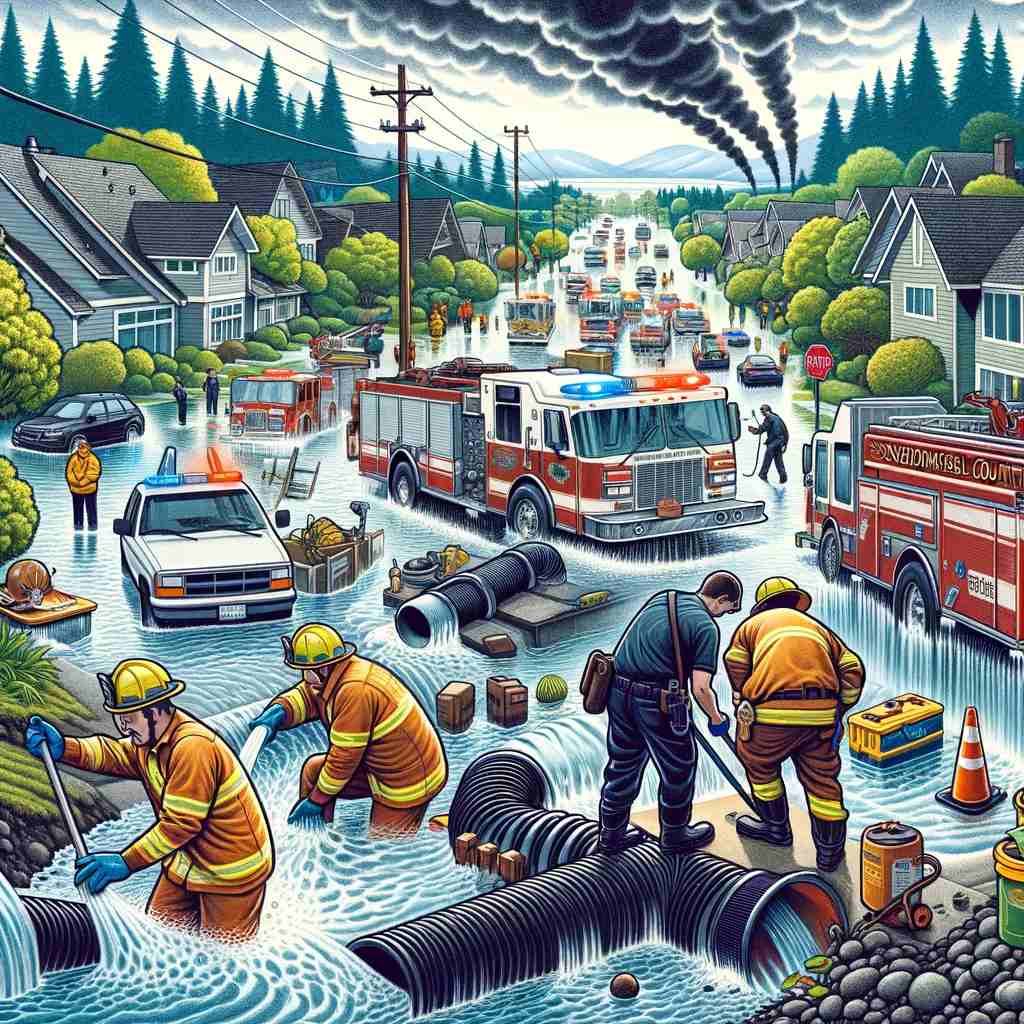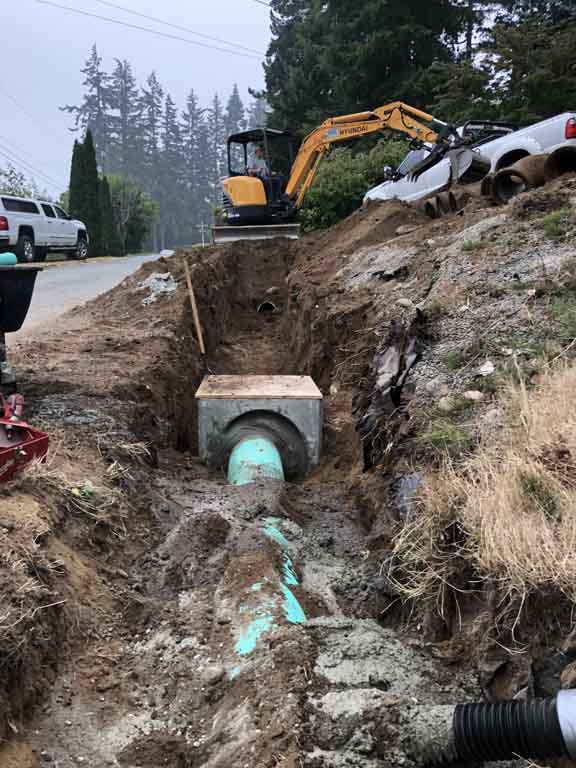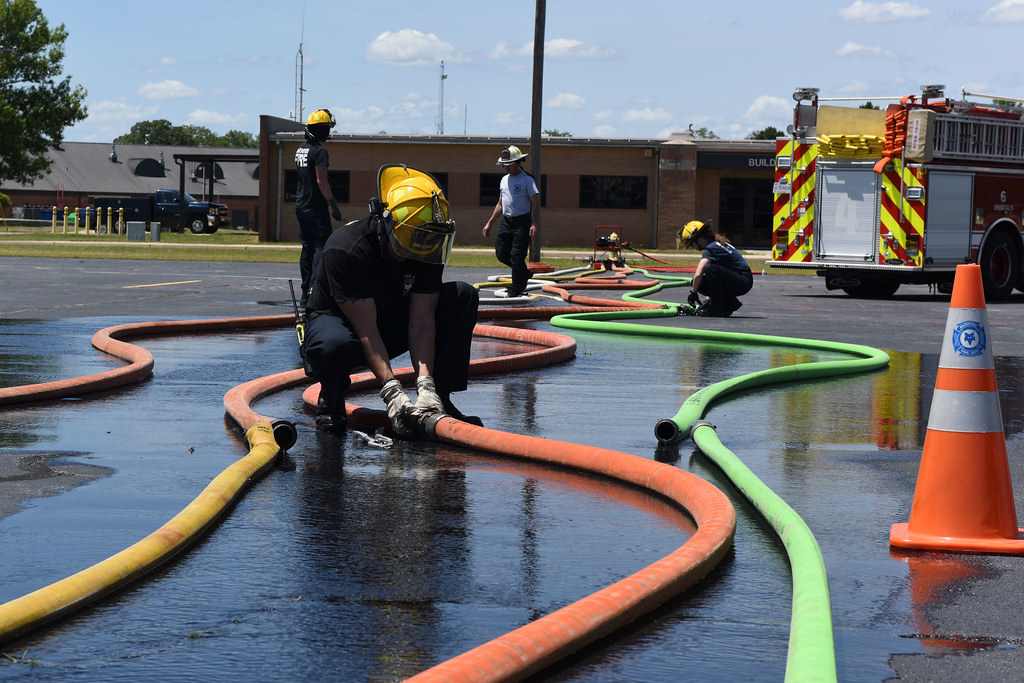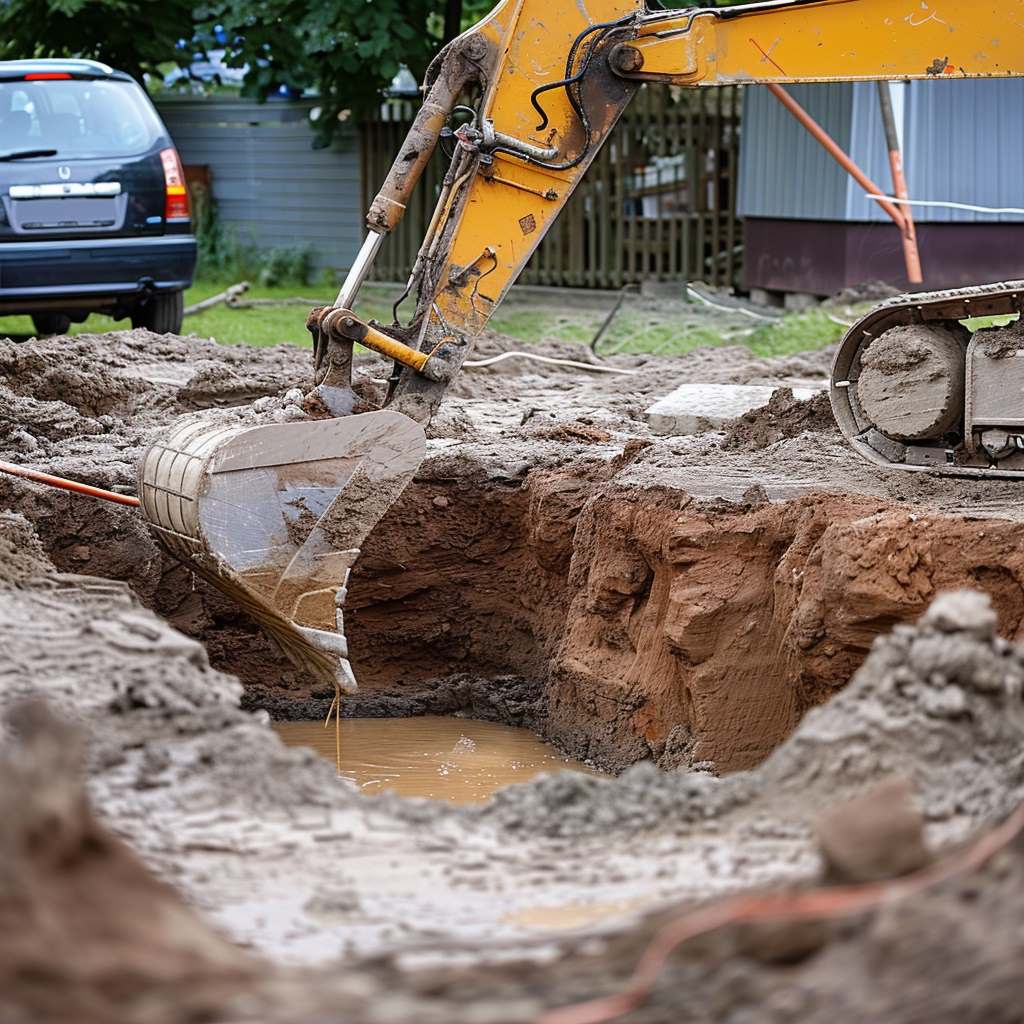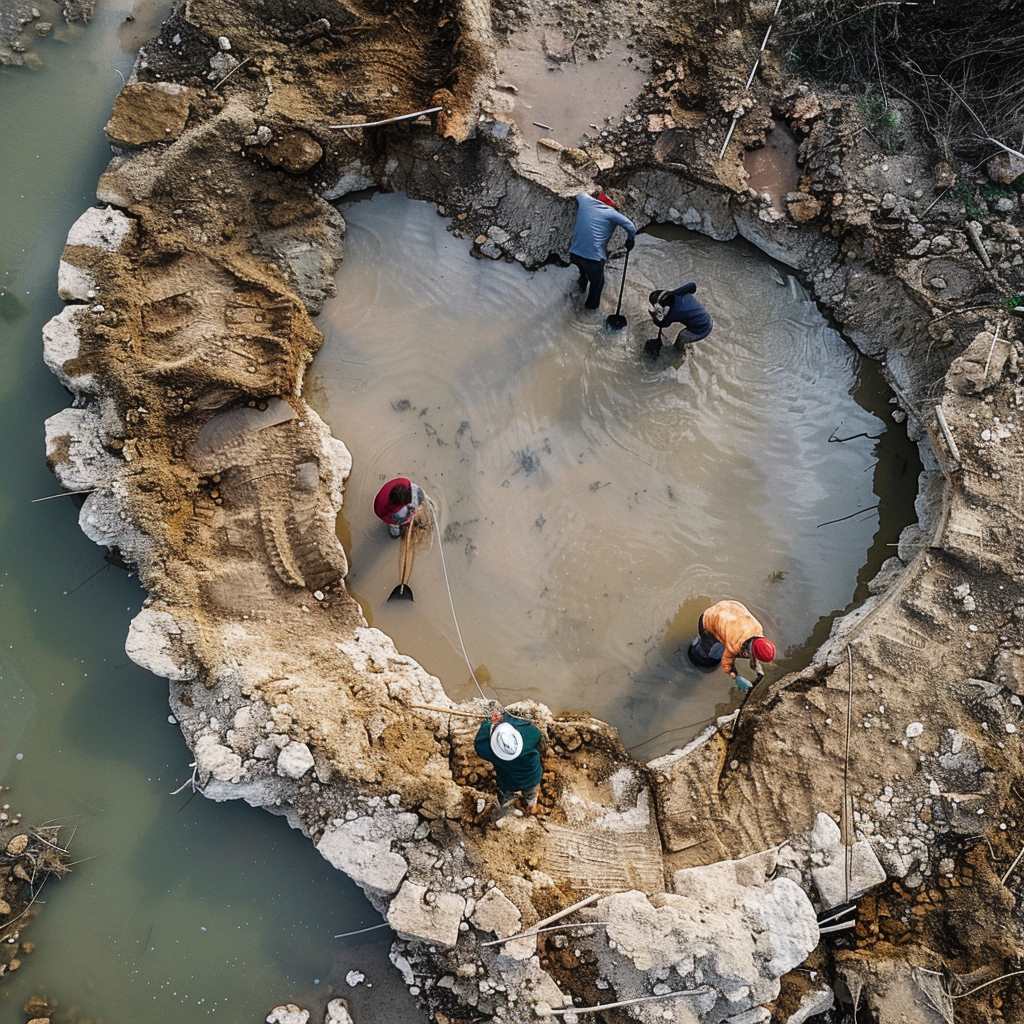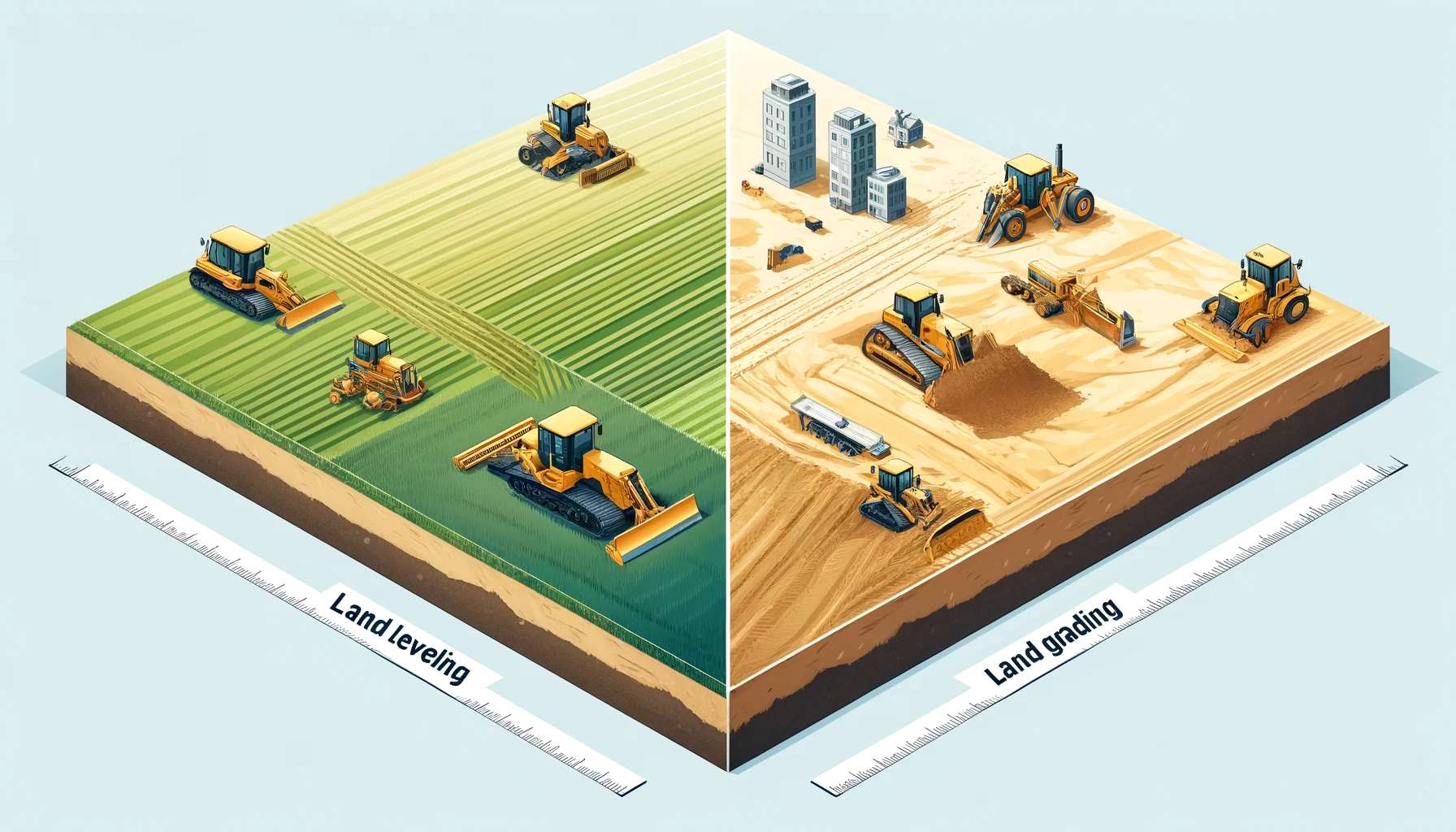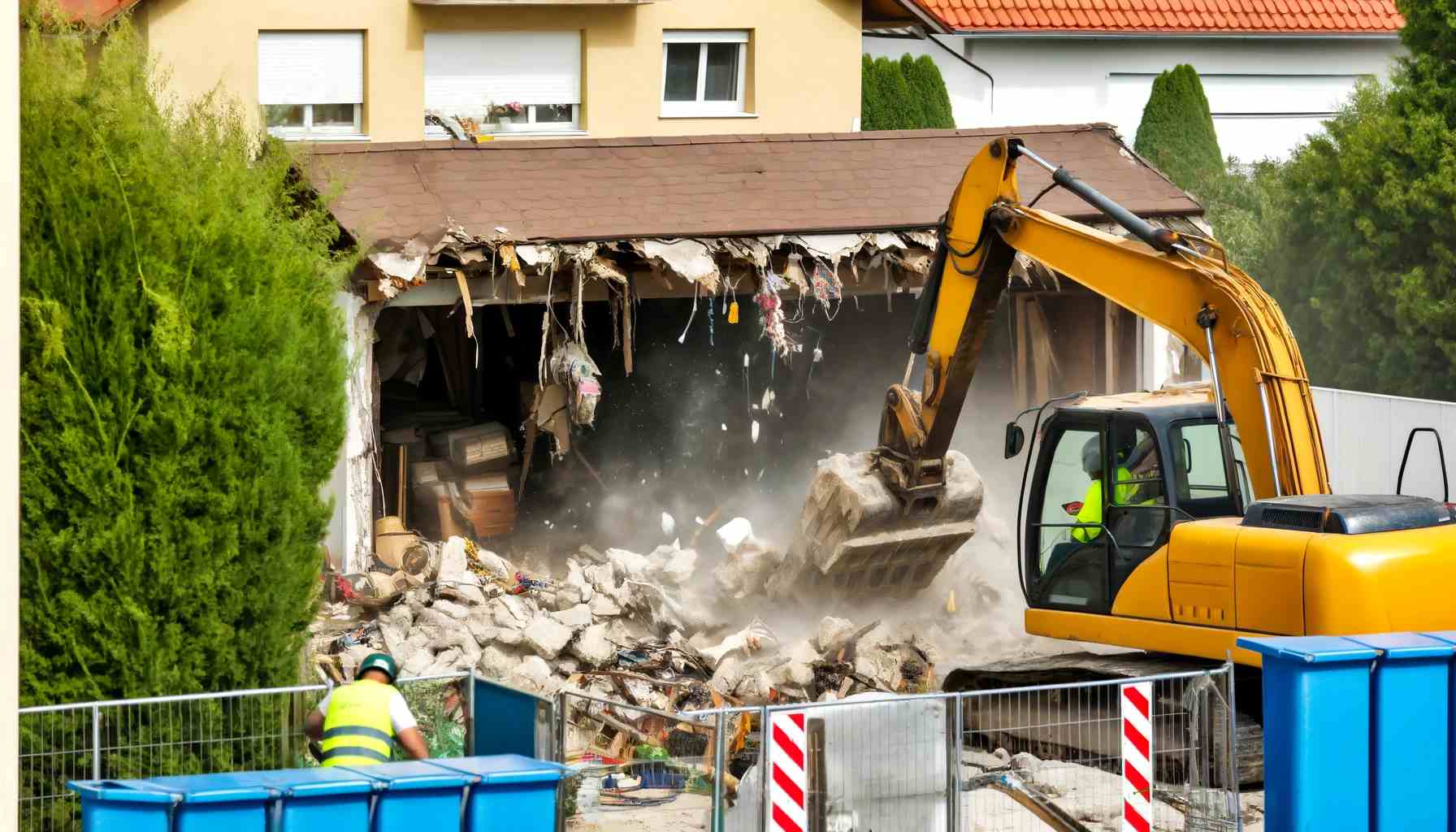A Brief Overview
Nestled amid the lush Pacific Northwest landscape, Snohomish County is blessed with incredible natural beauty. However, with this beauty comes the threat of powerful rainstorms and flooding during the winter months. In this county known for dynamic weather patterns, robust emergency storm drain services are absolutely vital to community safety and resilience. This article will examine the indispensable role that emergency drain services play in Snohomish County as a crucial part of the broader emergency response network.
Key Takeaways
| Takeaway | Description | Impact |
|---|---|---|
| Flood Prevention and Mitigation | Monitoring and managing flood-prone areas to prevent flooding. | Reduces property damage and ensures public safety. |
| Public Health Maintenance | Eliminating standing water and addressing contamination. | Prevents health hazards and spread of diseases. |
| Infrastructure Protection | Protecting roads, bridges, and buildings from stormwater damage. | Preserves essential services and prolongs infrastructure lifespan. |
| Interagency Collaboration | Working alongside fire, police, and utility services in emergencies. | Ensures a coordinated and comprehensive response to severe weather events. |
| Community Engagement | Educating the public on storm preparedness and response. | Enhances overall community resilience and readiness. |
| Real-Life Effectiveness | Demonstrated capability in responding to severe weather events. | Confirms the reliability and effectiveness of emergency storm drain services. |
The Vital Role of Emergency Storm Drain Services
Emergency storm drain services serve multiple critical functions in Snohomish County:
Flood Prevention and Mitigation
- Monitor flood-prone areas and water levels proactively during storms.
- Dispatch emergency crews to clear debris from storm drains and intake grates.
- Use pumps to drain flooded roads, underpasses, and low-lying neighborhoods.
- Deploy temporary flood control barriers as needed to divert floodwaters.
- Dig drainage ditches and trenches to redirect water away from properties.
During heavy rainfall events, emergency drain crews will continuously monitor water levels along rivers, streams, and stormwater channels. Based on weather forecasts and real-time data, they can predict which areas are most likely to flood. This allows them to proactively deploy crews and equipment to high risk zones in advance of flooding. Careful monitoring and early action can significantly reduce the impact of floods.
Emergency workers also prioritize storm drain maintenance efforts in known flood zones. By regularly clearing debris, silt, and vegetation around storm drains and culverts in these areas, they maintain maximum drainage capacity. Proactive maintenance helps minimize flash flooding during severe downpours.
Maintaining Public Health
- Remove standing water to eliminate breeding grounds for mosquitoes and rodents.
- Prevent overflow of contaminated stormwater into rivers and groundwater.
- Conduct disinfecting and cleanup of areas damaged by floodwaters.
- Coordinate with local health department to monitor post-flood illnesses.
Emergency drain crews help safeguard public health by quickly addressing standing water and contamination risks after floods. Stagnant pools become breeding grounds for infectious mosquitoes and rodents. Workers drain or pump out standing water and apply larvicides where needed. They also watch for storm sewer overflows that can contaminate water supplies.
After floodwaters recede, specialized cleanup teams disinfect areas that were submerged to kill dangerous mold and bacteria. They coordinate with the health department to monitor for illness outbreaks. Their swift response helps prevent the spread of contagious diseases and contains health hazards.
Infrastructure Protection
- Prevent stormwater damage to roads, bridges, and culverts by diverting drainage.
- Shore up hillsides and shorelines to avoid erosion and mudslides.
- Protect buildings and homes by directing water away from foundations.
- Preserve functionality of utilities like power, water, sewage, and telecom.
Integration with the Local Emergency Response Network
- Collaborating with fire, police, and EMTs during severe storms and floods.
- Supporting utility services like power, gas, and telecom to ensure comprehensive emergency response.
This interagency coordination is facilitated through:
- Joint training exercises to enable smooth coordination when disaster strikes.
- Community awareness programs to educate the public on storm readiness and response.
Conclusion
As a key part of Snohomish County’s emergency response capabilities, emergency storm drain services play an indispensable role in safeguarding the community against climate and weather-related threats. Their rapid response prevents immediate dangers while building long-term resilience. With robust training, interagency collaboration, and public education, Snohomish County continues to strengthen its defenses against the forces of nature.
FAQ for Emergency Storm Drain Services in Snohomish County, WA
Emergency storm drain services in Snohomish County include proactive monitoring of flood-prone areas, clearing debris from storm drains, using pumps to drain flooded zones, and deploying temporary flood control measures. These services are critical for flood prevention, public health maintenance, and infrastructure protection during severe weather conditions.
Given its dynamic weather patterns and susceptibility to heavy rainstorms and flooding, Snohomish County relies on these services to protect its communities and infrastructure from water damage, prevent health hazards, and ensure public safety during emergency weather events.
These services involve continuous monitoring of water levels, predictive analysis based on weather forecasts, deployment of crews to high-risk areas, and maintenance of storm drains to ensure maximum drainage capacity. This proactive approach significantly reduces the risk and impact of flooding.
Emergency drain crews address standing water to eliminate mosquito and rodent breeding grounds, prevent storm sewer overflows, and conduct post-flood disinfection and cleanup to prevent the spread of diseases and contain health hazards.
Yes, the community can play a vital role by staying informed through community awareness programs, understanding storm readiness, and responding appropriately during severe weather events. Public cooperation with emergency services is essential for effective storm preparedness and response.
These services work in tandem with fire, police, EMTs, and utility services through joint training exercises and coordinated responses to ensure a comprehensive approach to emergency situations, especially during severe storms and floods.

